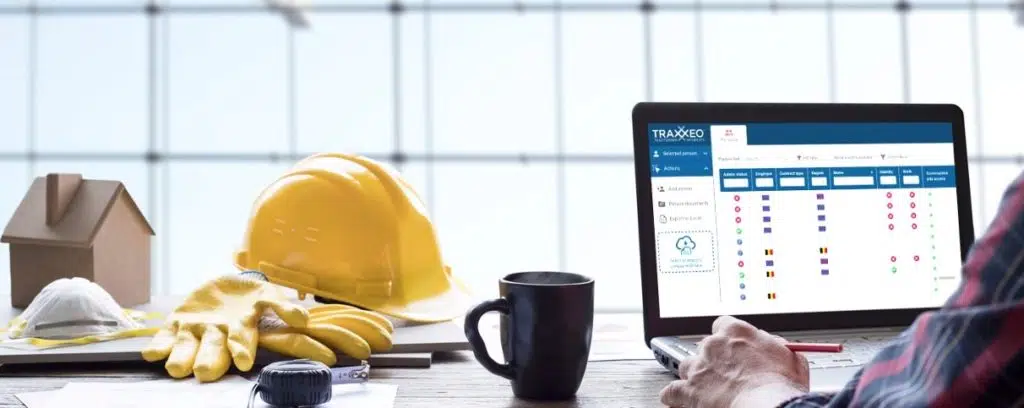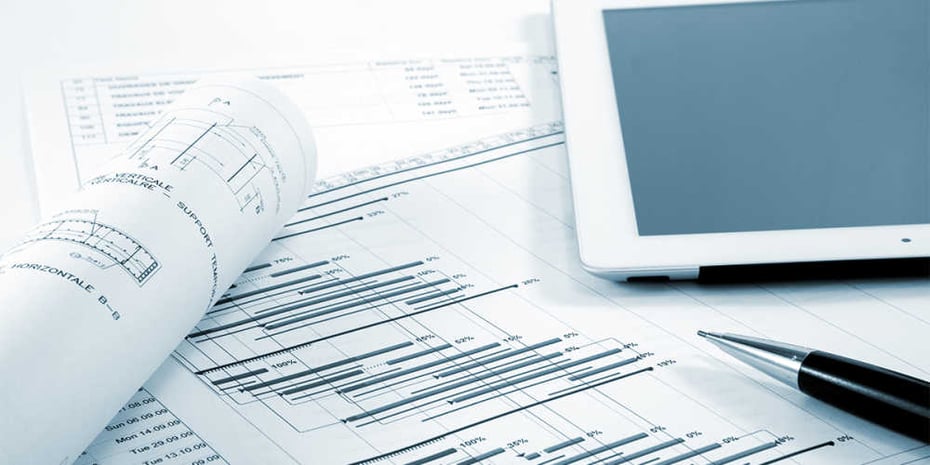From Disorder to Control: Utilizing the Prospective of Construction Document Management
From Disorder to Control: Utilizing the Prospective of Construction Document Management
Blog Article
Achieving Seamless Task Distribution: Engineer's Comprehensive Strategy to Building And Construction Document Management
One essential aspect frequently ignored is the monitoring of building documents, which serves as the foundation of every task. As architects navigate the complexities of implementation, design, and control, a thorough approach to document administration emerges as a linchpin for accomplishing smooth job distribution.
Value of Building Document Monitoring
Reliable construction record monitoring plays a crucial duty in ensuring task success by assisting in smooth communication and company throughout the building procedure. By preserving updated and precise building and construction records, designers can efficiently connect with specialists, subcontractors, and other stakeholders entailed in the task. These papers serve as a referral point for all parties, making sure that everyone is functioning from the very same set of information and minimizing the possibility of mistakes or misunderstandings.
Furthermore, appropriate paper administration can improve job performance, decrease expensive delays, and eventually lead to the successful completion of building jobs. Designers that prioritize building file monitoring set a strong foundation for task success and show a dedication to supplying top notch outcomes.
Key Components for Reliable Paperwork

Provided the vital role that exact and orderly construction documentation plays in ensuring project success, it is vital to identify key aspects that add to reliable documentation monitoring. Clear and succinct interaction is paramount. All stakeholders should comprehend the paperwork demands and have the ability to accessibility and analyze the details quickly. Second of all, developing standardized themes and methods ensures consistency across all project files. This consists of calling conventions, documents frameworks, and alteration control to avoid mistakes and complication. Normal testimonials and updates are vital to keep documentation reflective and current of the task's progression. This method assists determine any type of disparities or modifications that need to be dealt with promptly. Applying a robust document administration system that allows for variation control, accessibility restrictions, and audit routes significantly boosts the organization and security of job documentation. By including these crucial elements into building and construction file monitoring techniques, engineers can improve procedures, decrease mistakes, and inevitably contribute to the effective delivery of tasks.
Utilizing Innovation for Paper Company
Leveraging innovative electronic devices and software systems contributes in enhancing the organization and access of building documentation. Architectural firms can simplify their record monitoring procedures by executing specialized software application developed for the building market. These tools provide functions such as version control, cloud storage, and collaborative editing and enhancing capacities, making it possible for team participants to service files all at once and making sure everybody has access to the most up-to-date details.
One trick advantage of using technology for document company is the capacity to produce a centralized repository for all project-related documents. By storing files in a safe digital environment, engineers can quickly search, recover, and share information with stakeholders, lowering the threat of variation conflicts or lost data. Additionally, progressed software application services usually include metadata tagging and indexing capabilities, enabling customers to categorize documents effectively and get them rapidly when required.
Collective Approaches With Job Groups
To enhance task results, architects need to embrace collective approaches when functioning with task teams to ensure seamless interaction and sychronisation throughout the building and construction process. Cooperation with job groups is necessary for architects to successfully manage building tasks. construction document management. By promoting open interaction and team effort among all stakeholders, architects can improve decision-making procedures, address possible issues proactively, and make sure that every person is lined up with the task goals
Engineers need to develop clear lines of communication with engineers, specialists, customers, and other key staff member from the start of the job. Routine meetings, development updates, and feedback sessions should be set up to maintain everybody informed and involved. Using collective linked here job management devices can additionally help with real-time information sharing and document partnership, improving transparency and performance.

Best Practices for File Version Control

Verdict
In final thought, efficient construction paper monitoring is important for attaining smooth task delivery (construction document management). It is crucial for engineers to implement finest techniques in record monitoring to successfully navigate the complexities of building jobs.
Reliable construction file administration plays a critical duty in ensuring project success by helping with seamless communication and organization throughout the building process. her latest blog Furthermore, appropriate file administration can improve project effectiveness, decrease costly hold-ups, and ultimately lead to the successful completion of building and construction jobs.To maximize project end results, engineers have to accept collective methods when working with project groups to ensure smooth interaction and sychronisation throughout the construction process. Cooperation with job teams is important for designers to effectively take care of building and construction projects.In the realm of collaborative building and construction project monitoring, preserving accurate control over document variations stands as an essential method for guaranteeing task stability and cohesion.
Report this page